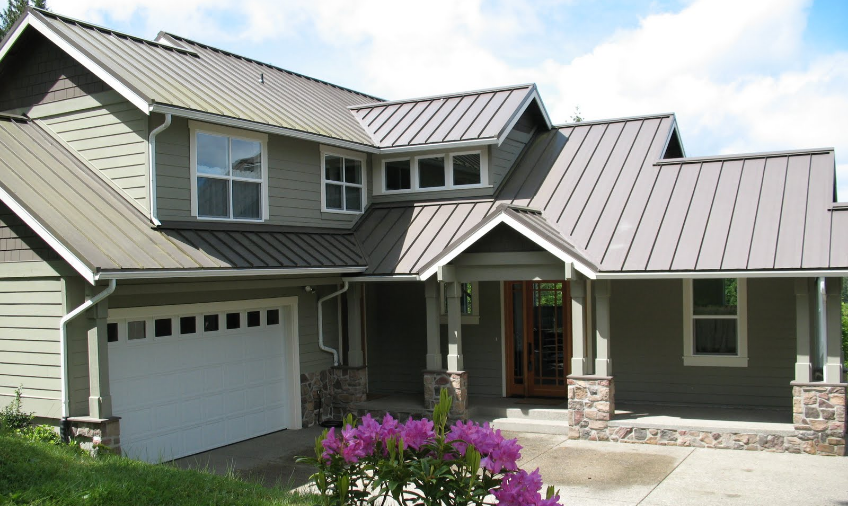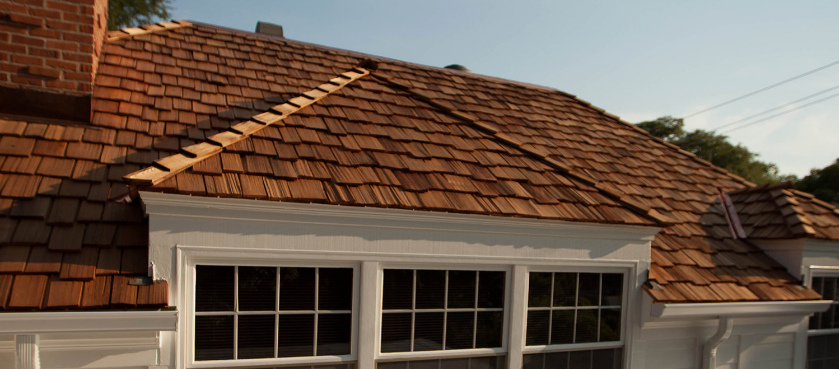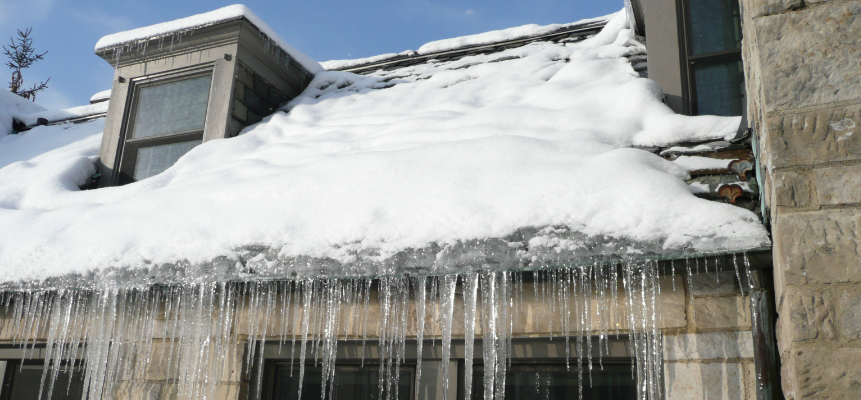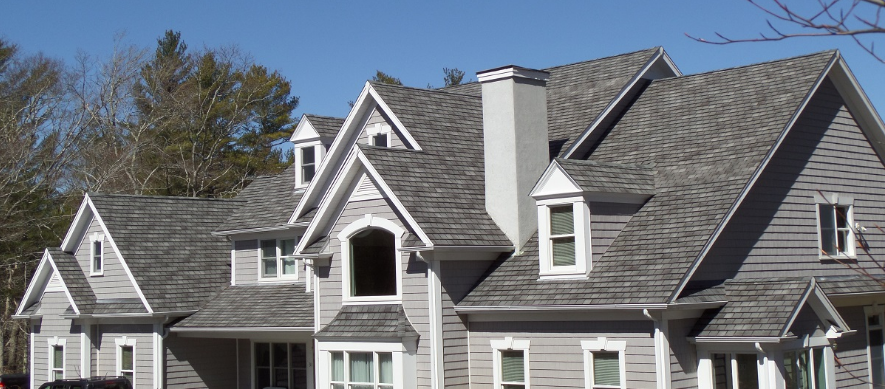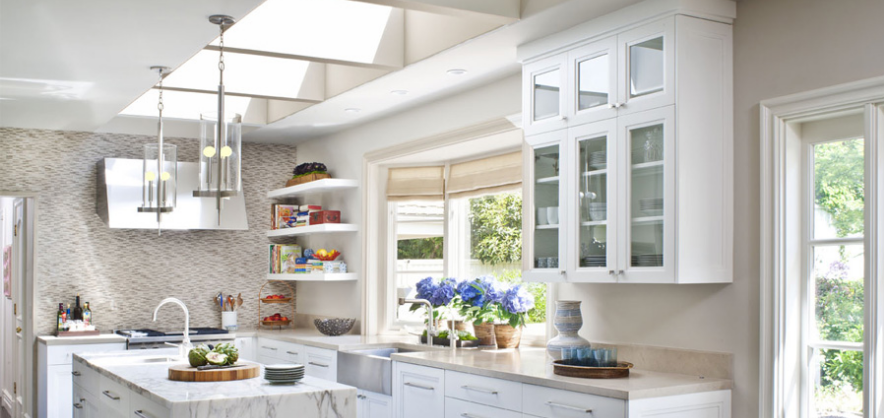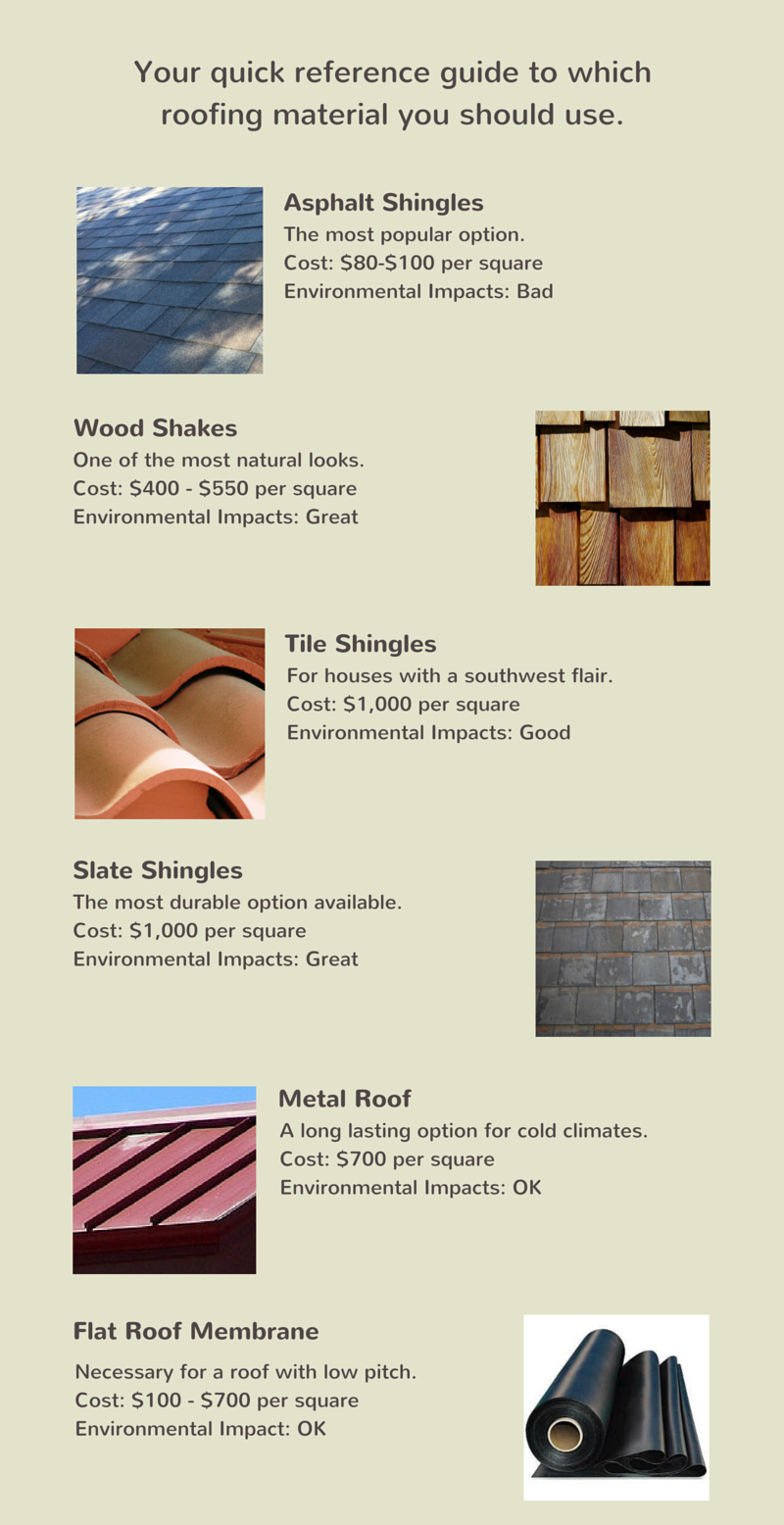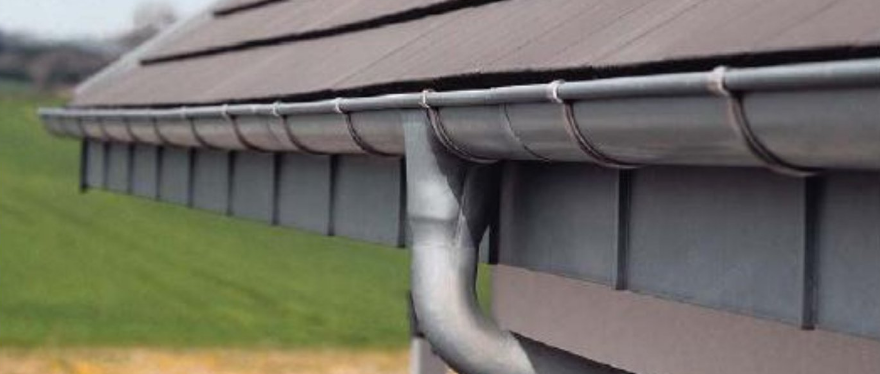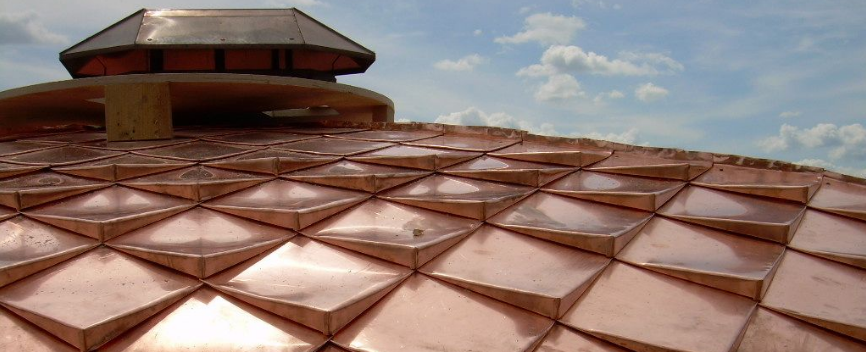March 16, 2017 in Roofing
The Best Roofing Materials for Spring Storms
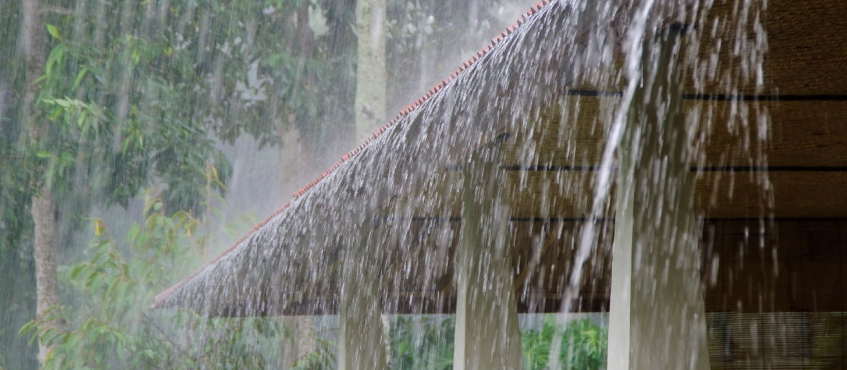
If many parts of the country – including here in Maryland and around the mid-Atlantic – spring means that storm season is here. As the winter weather gives way to warmer patterns, the convergence of the two can lead to nasty storms which offer rain, wind, and even the occasional snow. While many people enjoy the wild weather that comes along with the spring season, it can be hazardous to the health of your house. Specifically, spring storms have the potential to damage your roof. To give your home the best possible chance to survive some difficult conditions, it is important to have the right roofing material in place.
The material used on your roof will go a long way toward determining how well your home fares in a storm. As you consider your own needs, weigh the pros and cons of the three following options.
Metal Roofing
If the ability to stand up to a storm is one of your top concerns, you are certainly going to want to consider metal roofing. Few roofing materials are able to perform as well as metal when faced with howling winds, so you should be able to expect your metal roof to stay firmly in place until the storm has passed. Of course, the roofing needs to be installed properly from the start if it is going to work as intended, so be sure to work with an experienced and licensed roofing company.
Tile Roofing
Also known as slate roofing, tile is more popular in certain parts of the country than others, as it is best in specific environments. The best feature of a tile roof, when faced with a storm, is its weight. Tile roofing is extremely heavy, meaning it takes a major gust to move these tiles out of place. A properly installed slate roof can be expected to do well in high winds, and it will also hold up nicely in a hair storm. So what is the downside? Cost. Slate is expensive to purchase, and it is rather expensive to have installed as well. Choosing tile for your roofing material is a strong option for fighting back against storms, but you will need to be prepared to make a significant investment to add this material to the top of your home.
Shingles
Asphalt shingles are the most popular roofing material in the country, and it is easy to see why. Often the most affordable option, shingles bring a nice combination of performance and low cost. An asphalt shingle roof which is in good condition should hold up nicely when faced with high winds, although any damaged shingles may lift up and fly off the roof. Unlike with some other roofing materials, shingles can typically be replaced one at a time, meaning storm damage may not result in a need to redo the entire roof. As long as storm damage is localized, a roofing company should be able to come out and repair/replace the damaged shingles for a modest price.

